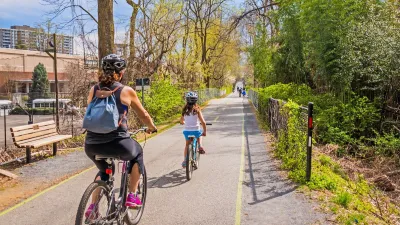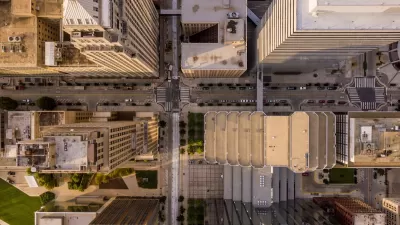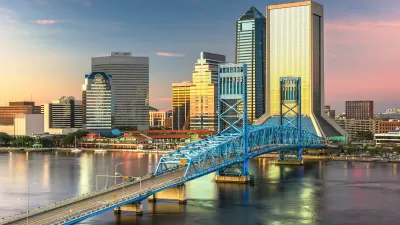After the federal government set maximum highway speed limits at 55 miles per hour, states spent decades undermining the rule.

Street safety advocates are calling for a return to enforcement of the 1974 National Maximum Speed Limit law, which limited highway speed limits to 55 miles per hour nationwide.
This rule, explains Aaron Short in an article in Streetsblog USA, was “slowly undermined” by states over the next several decades. “Today, though, advocates are making progress to claw back those gains — aided, unfortunately, by reckless drivers who killed 7,500 pedestrians in 2022, a 40-year high.”
The law was part of the Emergency Highway Energy Conservation Act, a response to the oil crisis which “required states to cap speeds on divided freeways with four or more lanes in order for states to receive federal highway funds.” As a result, 29 states lowered their speed limits.
The policy, designed to save gas, had unintended safety effects: “For a brief period in the mid-1970s, fewer people died on the roads. In the first year of the policy’s enactment alone, the number of fatalities fell by 16 percent, from 55,511 in 1973 to 46,402 in 1974, according to a National Research Council report conducted in 1984.”
Pressure from states led the federal government to loosen the policy in the 1980s, eventually rescinding it altogether in the 1990s. According to Short, “The changes may have had a catastrophic effect on the country’s health and safety, with a 3.2-percent increase in road fatalities between 1995 and 2005 that public health experts say accounted for 12,545 deaths that might not have occurred otherwise during that period.” Now, road safety advocates point to rising road deaths as a signal that lower speed limits, among other tools, are urgently needed to stem the traffic violence crisis.
FULL STORY: 50 Years Since Nixon’s ‘National Speed Limit’: A Tale of Missed Opportunities

Planetizen Federal Action Tracker
A weekly monitor of how Trump’s orders and actions are impacting planners and planning in America.

Chicago’s Ghost Rails
Just beneath the surface of the modern city lie the remnants of its expansive early 20th-century streetcar system.

San Antonio and Austin are Fusing Into one Massive Megaregion
The region spanning the two central Texas cities is growing fast, posing challenges for local infrastructure and water supplies.

Since Zion's Shuttles Went Electric “The Smog is Gone”
Visitors to Zion National Park can enjoy the canyon via the nation’s first fully electric park shuttle system.

Trump Distributing DOT Safety Funds at 1/10 Rate of Biden
Funds for Safe Streets and other transportation safety and equity programs are being held up by administrative reviews and conflicts with the Trump administration’s priorities.

German Cities Subsidize Taxis for Women Amid Wave of Violence
Free or low-cost taxi rides can help women navigate cities more safely, but critics say the programs don't address the root causes of violence against women.
Urban Design for Planners 1: Software Tools
This six-course series explores essential urban design concepts using open source software and equips planners with the tools they need to participate fully in the urban design process.
Planning for Universal Design
Learn the tools for implementing Universal Design in planning regulations.
planning NEXT
Appalachian Highlands Housing Partners
Mpact (founded as Rail~Volution)
City of Camden Redevelopment Agency
City of Astoria
City of Portland
City of Laramie





























